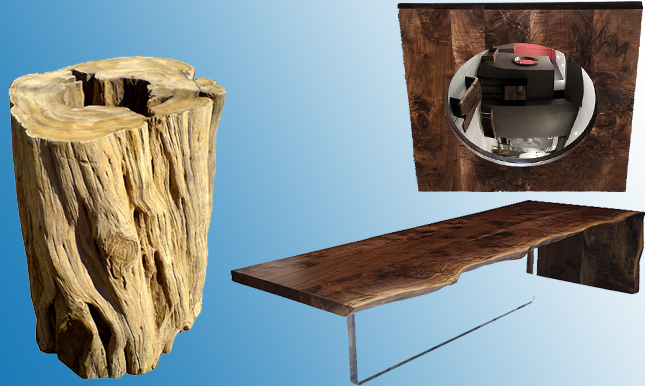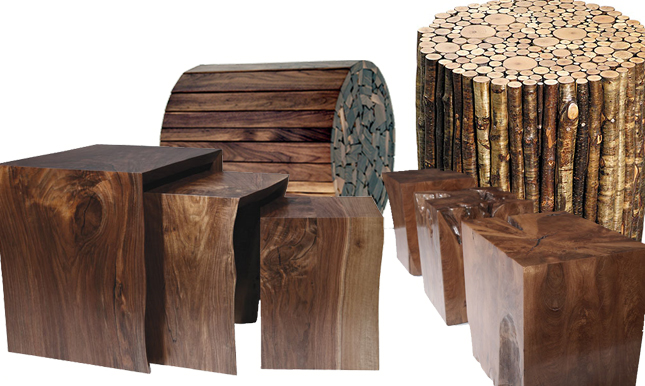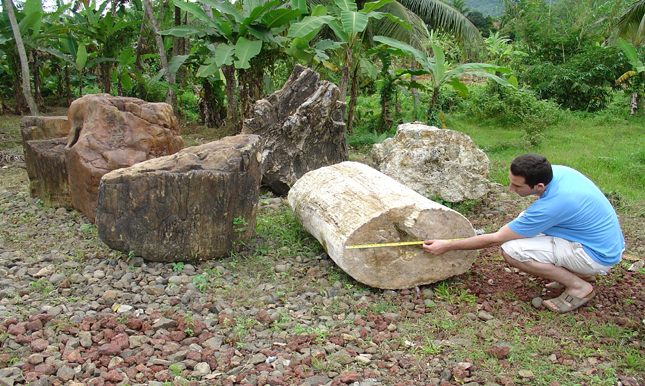The Barlas Baylar Aesthetic
Looking back to shape the future.
It is an approach grounded in direct experience, a lifestyle all its own as well as an aesthetic that beholds the without from the within: it is the anthem of modern design in upscale furniture that is now found in celebrity mansions and high-profile residences. Not aspirations towards personal statement or expression, such works are both solemn and spontaneous, planned by man and crafted by nature. Thus the utilitarian ethos shows through in spite of the strictest sanctions against schools of thought and their theories. Thus are frivolities presented to untutored eyes and sensibilities, for the subtlety of its own materials imbue the noblest elegance – which is to say, the most prescient of silences – to a piece honestly crafted, without thought of accolade or recompense.
And where traditional skills had been shunned and modernity is identified with the machine there came to pass a reaction, or to be more precise a comeback, of the ancient, almost-stoic ethic identifying being with doing. And so there can be no theory of design and no “movement” in the arts, for such terms belong to metacognition and not the all-powerful all-pervasive context that is the human unconscious. And so truly spontaneous furniture, like calligraphy, must arise out of its materials and cannot be merely assembled of them. And so such an art can only be learned, never taught.
“Art,” an ironic name, signifying the artifice involved in reinterpreting nature. But just as the most cunning acting skills demonstrate truths unattainable otherwise, so too might artists and artisans reveal nature herself in the forms of man, despite the sophist’s objections. In any case, civilization must have its furnishings. Yet this return to tradition in contemporary design has found its home in the most modern of settings, sleek where nature had been thick, minimal where nature had expanded. And so the modern furniture maker, one such as Barlas Baylar, who integrates the needs of contemporary society and the ancient secrets of village masters merely plying their craft.
A job well-done was the craft of these ancients. Theirs was a world far removed from art criticism and revolving fashions. It was one of pride of work and visions that can never be captured by theory. Intimately familiar with themselves as a part of the natural cycle, no distinction was made between nature’s discards and nature herself. In our evermore crowded world, where digital communications can make neighbors too close and invite the government into our very beds, so-called folk art is a reminder and a triumph of the human spirit. Or as George Nakashima wrote, “it might even be a question of regaining one's own soul when desire and megalomania are rampant – the beauty of simple things.”




























